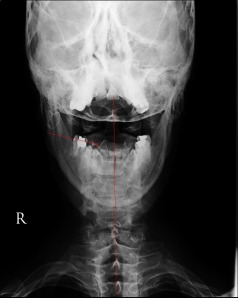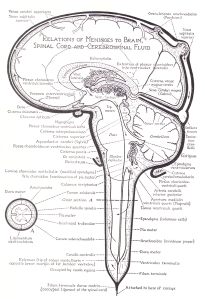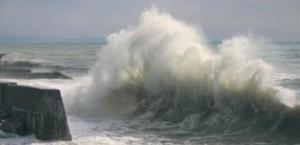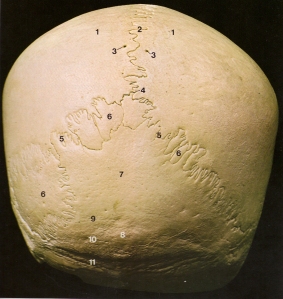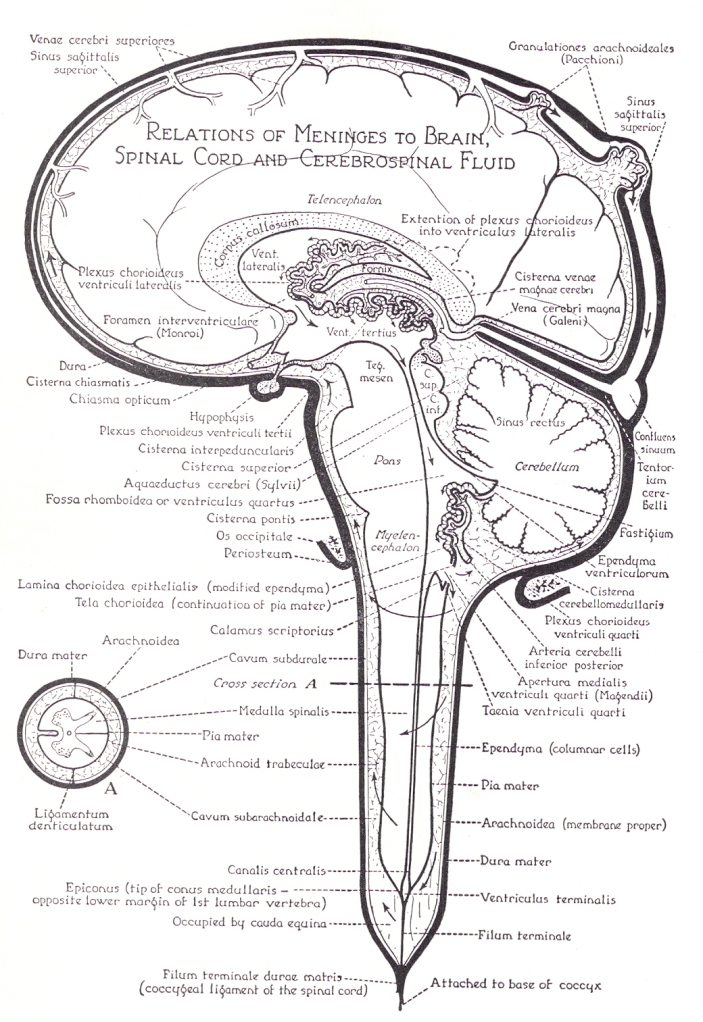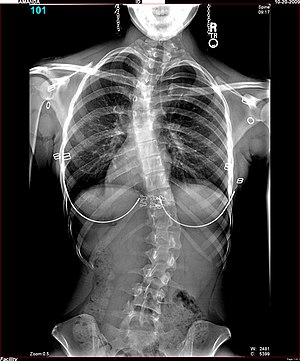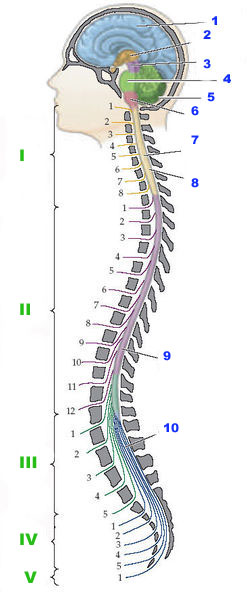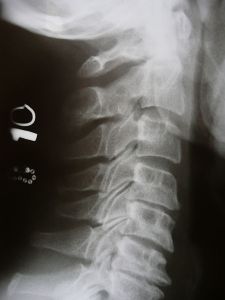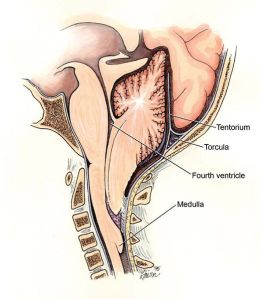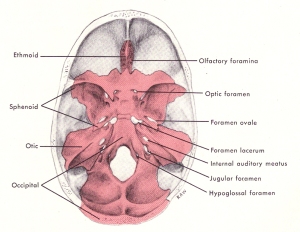This young girl aged just 14 has been diagnosed with ms.this will be my last post for this year, because the most powerful post. on this blog
The life of this young girl and that of her parents were DESTROYED at one moment with one little sentence "you have ms" my son is 13 a year younger, just beginning his life as a teenager does, A NEW him, new ideas, new personality, NEW LIFE. what has been done to this girl is unforgivable, her life has been snuffed out, written off, by mistaken arrogant, men in suits, who have had the attitude that the only ALTERNATIVE is by finding a CURE. A cure for something that has been fabricated and made up over the years, with the help of gossip and assumption which has been able to grow under the nose of the MS SOCIETY an organization which is supposed to help. RUBBISH!!!!!
I cant tell this young girl that they have got it WRONG, I cant tell her parents, as I dont know who they are either, and she is not now present on the new ms society boards, as she is under the age to be on them, and that is in a way a very good thing.
I know I am FIXABLE and am doing that, but she does not, her Christmas will be one of isolation and sadness. HOW DARE THEY!!! do this to her.
I will continue to FIGHT and be HEARD for all the UAE4EVAs out there, and that my friends is a lot of people.
What they have done and continue to do so in ignorance is SHOCKING, and although I am feeling very good and happy, this truly BREAKS MY HEART to watch.
I'll tell you why I think he might be, I had Candida and I think my Dad may have had it too, he used to itch and didnt know why, Candida causes allergies. Dad died 3 years ago from prostrate cancer. it just all fits, he was a worrier just like me, stress causes Candida, I'm positive it invaded my blood system therefore affecting all organs, it just makes sens, he may be right
..................................................................................................................................................................
..................................................................................................................................................................
>>>>>>>>>>>>>>>>>>>>>>>>>>>>>>>>>>>>>>>>>>>>>>>>>>>>>>>>>>>>>>>>>>>>>>>
Cancer, the leading cause of death in the U.S. surpassed heart disease in 2005 as the number one killer. As Dr. Tullio Simoncini, an Italian Oncologist and author of Cancer is a Fungus, shares in this video his very novel and safe treatment of cancer tumors… using nothing more than sodium bicarbonate (ordinary baking soda). Dr. Simoncini, a brilliant doctor who has been ousted from the medical community due to his revolutionary simple ideas of how to cure diseases that are commonly huge profit makers.
I came across this information and found it extremely interesting. Being one who is more interested in less invasive methods and a more holistic approach I particularly ejoyed the video’s and what Dr. Tullio Simoncini has to say.
Many people refuse to believe that excellent and brilliant doctors are being ousted from the medical community and that it’s happening to good doctors, since “everyone knows” you must be a liability to human life if you’re stripped of your medical license… right??? Hmmm, or they simply have a different approach that is not in aleignment with allopathic health care.
Apparently, the reason why Dr. Simoncini was kicked out is because as an oncologist – a cancer specialist – he refused to use conventional cancer treatment methods, choosing instead to administer sodium bicarbonate (baking soda), which is absolutely HARMLESS, as opposed to the often lethal use of chemotherapy.
NOTE: ingesting baking soda will NOT cure cancer. I do not recommend ingesting baking soda nor am I telling anyone what to do. I’m just writing an article on something I found quite fascinating and worth writing about. What you chose to believe or do is entirely up to you.
Watch the video below and you’ll get more details. Currently, I do not know of any doctor in the US who performs the baking soda treatment.
However, I think we really need to get organized and make a change happen!
Dr. Simoncini lawyers have recently started a rehabilitation court trial at the International Court of Justice in Strassburg to have him reinstated.
What causes cancer?
Conventional medicine likes to focus on genetics in developing cancer, never mind the fact that research indicates that genetics is NOT the main cause of this mysterious disease, even though it may play a small role in some people. While little attention is paid to the impact of plain and simple infections that many of us encounter at least at some point in our lives if not often.
It is now believed that only 30% of of health is derived from genetics, the other 70% we do have control over from within our lifesytle and habits. This means that severely limiting our exposure to household chemicals, eating right, maintaining a strong immune system are perhaps our most valuable tools in preventing cancer in the first place.
Dr. Simoncini’s research has led him to believe that something as simple as a fungus, Candida, is the leading cause of cancer, and that cancer itself is in fact a fungus. He postulated that what we refer to as a tumor, is nothing more than the human body’s attempt at protecting itself from the Candida fungus.
The following figures concerning the coexistence of Candida and cancer have been collected by several authors:
Dr. Simoncini’s explanation for how this phenomenon works – how Candida leads to deadly cancer – is that it’s a consequence of the weakening and exhaustion of your organs, and eventually your entire body, in the following stages:
1. Candida roots itself in your deep connective tissue in various organs
2. As a result, this evokes an organic defensive reaction as the connective tissue of your invaded organ attempts to encyst the fungin colonies through cellular hyper-production, which results in the formation of tumors
3. Growths continue as the fungi spreads, both in your surrounding tissue, and remotely (aka “metastatis”). It is still always the same Candida attacking different tissues, but due to its highly adaptive qualities it is able to mutate to adapt itself to whatever environment it finds itself in, hence the various types of tumors
4. Your body becomes progressively more exhausted, which allows the fungi to spread and take over more rapidly
5. You die from “cancer”
How effective is chemotherapy?
Here is one study, in 2004. that addresses that question specifically.
In short, the study concluded:
As the 5-year relative survival rate for cancer in Australia is now over 60%, it is clear that cytotoxic chemotherapy only makes a minor contribution to cancer survival. To justify the continued funding and availability of drugs used in cytotoxic chemotherapy, a rigorous evaluation of the cost-effectiveness and impact on quality of life is urgently required.
It seems to me that since such skill is necessary to do these injections that entire new businesses would develop and THRIVE in place of the mostly ineffective and extremely costly, not to mention extremely invasive treatments we currently have.
Candida yeast is not “one shared element,” but rather colonies, that are highly communicative. Much the same way as bacteria, who not only communicate and switch genes within their own species but do so with completely different species. Read more about bacteria talk…
Dr. Simoncini said, due to fungi’s unique adaptation skills, sodium bicarbonate must be administered directly onto the tumor, and in so doing changing the pH very quickly, from acid to alkaline (around and in that particular area), which rapidly and effectively kills off the yeast before it has time to adapt.
Dr. Simoncini’s experience has shown that 99 percent of breast and bladder cancer patients can heal in just six days, no surgery, chemo or radiation whatsoever! Using just a local infiltration device (such as a catheter) to deliver the sodium bicarbonate directly to the infected site of the breast tissue or bladder.
..................................................................................................................................................................
..................................................................................................................................................................
>>>>>>>>>>>>>>>>>>>>>>>>>>>>>>>>>>>>>>>>>>>>>>>>>>>>>>>>>>>>>>>>>>>>>>>
Cancer, the leading cause of death in the U.S. surpassed heart disease in 2005 as the number one killer. As Dr. Tullio Simoncini, an Italian Oncologist and author of Cancer is a Fungus, shares in this video his very novel and safe treatment of cancer tumors… using nothing more than sodium bicarbonate (ordinary baking soda). Dr. Simoncini, a brilliant doctor who has been ousted from the medical community due to his revolutionary simple ideas of how to cure diseases that are commonly huge profit makers.
I came across this information and found it extremely interesting. Being one who is more interested in less invasive methods and a more holistic approach I particularly ejoyed the video’s and what Dr. Tullio Simoncini has to say.
Many people refuse to believe that excellent and brilliant doctors are being ousted from the medical community and that it’s happening to good doctors, since “everyone knows” you must be a liability to human life if you’re stripped of your medical license… right??? Hmmm, or they simply have a different approach that is not in aleignment with allopathic health care.
Apparently, the reason why Dr. Simoncini was kicked out is because as an oncologist – a cancer specialist – he refused to use conventional cancer treatment methods, choosing instead to administer sodium bicarbonate (baking soda), which is absolutely HARMLESS, as opposed to the often lethal use of chemotherapy.
NOTE: ingesting baking soda will NOT cure cancer. I do not recommend ingesting baking soda nor am I telling anyone what to do. I’m just writing an article on something I found quite fascinating and worth writing about. What you chose to believe or do is entirely up to you.
Watch the video below and you’ll get more details. Currently, I do not know of any doctor in the US who performs the baking soda treatment.
However, I think we really need to get organized and make a change happen!
Dr. Simoncini lawyers have recently started a rehabilitation court trial at the International Court of Justice in Strassburg to have him reinstated.
What causes cancer?
Conventional medicine likes to focus on genetics in developing cancer, never mind the fact that research indicates that genetics is NOT the main cause of this mysterious disease, even though it may play a small role in some people. While little attention is paid to the impact of plain and simple infections that many of us encounter at least at some point in our lives if not often.
It is now believed that only 30% of of health is derived from genetics, the other 70% we do have control over from within our lifesytle and habits. This means that severely limiting our exposure to household chemicals, eating right, maintaining a strong immune system are perhaps our most valuable tools in preventing cancer in the first place.
Dr. Simoncini’s research has led him to believe that something as simple as a fungus, Candida, is the leading cause of cancer, and that cancer itself is in fact a fungus. He postulated that what we refer to as a tumor, is nothing more than the human body’s attempt at protecting itself from the Candida fungus.
The following figures concerning the coexistence of Candida and cancer have been collected by several authors:
- R.L. Hopfer: 79%
- U. Kaben: 80%
- W. T. Hughes: 91 %
- T.E. Kiehn: 97%
The positive results quoted allow us to confirm that Candida is always present in the tissues of cancer patients. Not only that, but Candida species represent today, according to several scholars, the first cause of morbidity and mortality in patients affected by neoplasias of the hemolinphopoietic system.
O. Uzun even analyzed all data from 1974 to 1999 concerning the presence of candidosis in patients and the prognostic factors including predictable elements of mortality and came to the conclusion that the global rate of mortality in cancer patients varies between 33% and 75% and that this is independent of the type of infecting Candida.
The phenomenon is usually interpreted as a consequence of the weakening and of the exhaustion of the organism because of neoplastic lesions. Conversely, we have to believe that the aggression of Candida takes place in the carcinogenic sense after the superficial pathogenic phases – that is, the classic epithelial candidosis – in several stages:
a) rooting in the deep connective tissue (in the various organs)
b) expansion with evoking of an organic reaction that attempts to encyst the fungin colonies, with the outcome being the formation of neoplasias
c) growth both in the surrounding tissue and remotely (metastasis).
d) progressive exhaustion of the organism with consequential global organism invasion. This is the stage that is most commonly observed and that is considered ‘opportunistic’
e) exitus
In summary, Candida is not a post hoc but an ante hoc cause.
His analogy between psoriasis – an “incurable” disease of the skin that many treat as a fungus – and tumors, which are also an “incurable” disease of your body. Several studies have linked the presence of Candida with cancer, showing that anywhere between 79 to 97 percent of all cancer patients also have Candida.O. Uzun even analyzed all data from 1974 to 1999 concerning the presence of candidosis in patients and the prognostic factors including predictable elements of mortality and came to the conclusion that the global rate of mortality in cancer patients varies between 33% and 75% and that this is independent of the type of infecting Candida.
The phenomenon is usually interpreted as a consequence of the weakening and of the exhaustion of the organism because of neoplastic lesions. Conversely, we have to believe that the aggression of Candida takes place in the carcinogenic sense after the superficial pathogenic phases – that is, the classic epithelial candidosis – in several stages:
a) rooting in the deep connective tissue (in the various organs)
b) expansion with evoking of an organic reaction that attempts to encyst the fungin colonies, with the outcome being the formation of neoplasias
c) growth both in the surrounding tissue and remotely (metastasis).
d) progressive exhaustion of the organism with consequential global organism invasion. This is the stage that is most commonly observed and that is considered ‘opportunistic’
e) exitus
In summary, Candida is not a post hoc but an ante hoc cause.
Dr. Simoncini’s explanation for how this phenomenon works – how Candida leads to deadly cancer – is that it’s a consequence of the weakening and exhaustion of your organs, and eventually your entire body, in the following stages:
1. Candida roots itself in your deep connective tissue in various organs
2. As a result, this evokes an organic defensive reaction as the connective tissue of your invaded organ attempts to encyst the fungin colonies through cellular hyper-production, which results in the formation of tumors
3. Growths continue as the fungi spreads, both in your surrounding tissue, and remotely (aka “metastatis”). It is still always the same Candida attacking different tissues, but due to its highly adaptive qualities it is able to mutate to adapt itself to whatever environment it finds itself in, hence the various types of tumors
4. Your body becomes progressively more exhausted, which allows the fungi to spread and take over more rapidly
5. You die from “cancer”
How effective is chemotherapy?
Here is one study, in 2004. that addresses that question specifically.
In short, the study concluded:
As the 5-year relative survival rate for cancer in Australia is now over 60%, it is clear that cytotoxic chemotherapy only makes a minor contribution to cancer survival. To justify the continued funding and availability of drugs used in cytotoxic chemotherapy, a rigorous evaluation of the cost-effectiveness and impact on quality of life is urgently required.
(see part 2 below)
Dr. Simoncini shows actual before-and-after footage of both bronchial cancer and colon cancer. Four days after his simple treatment on a bronchial cancer with a sodium bicarbonate and water flush, the tumors are gone. If something as simple as baking soda can do this for many types of cancer… it’s no wonder he was ousted!!! This would entirely criple and de-face an entire industry and method, not to mention lossing our trust!
Apparently, sodium bicarbonate is an extremely potent anti-fungal substance. Whereas in the case of anti-fungal drugs, the fungi adapt, and can adapt to a new environment in three to four days. This makes anti-fungal drugs ineffective. He says that fungi do not adapt to the baking soda, but it is far more difficult to use as it needs to be injected directly into the tumor; swallowing the baking soda would not work at all.It seems to me that since such skill is necessary to do these injections that entire new businesses would develop and THRIVE in place of the mostly ineffective and extremely costly, not to mention extremely invasive treatments we currently have.
Candida yeast is not “one shared element,” but rather colonies, that are highly communicative. Much the same way as bacteria, who not only communicate and switch genes within their own species but do so with completely different species. Read more about bacteria talk…
Dr. Simoncini said, due to fungi’s unique adaptation skills, sodium bicarbonate must be administered directly onto the tumor, and in so doing changing the pH very quickly, from acid to alkaline (around and in that particular area), which rapidly and effectively kills off the yeast before it has time to adapt.
Dr. Simoncini’s experience has shown that 99 percent of breast and bladder cancer patients can heal in just six days, no surgery, chemo or radiation whatsoever! Using just a local infiltration device (such as a catheter) to deliver the sodium bicarbonate directly to the infected site of the breast tissue or bladder.




